1. Post-it Notes (3M)
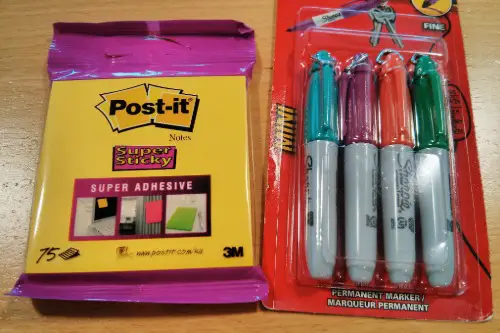
What’s now an office essential started as a complete accident at 3M, according to Kieron Marchese from Design Wanted. In the late 1960s, scientist Spencer Silver was trying to create a super strong adhesive but ended up with one that was weak and easily removable. Instead of scrapping it, he and his colleague Art Fry saw potential. Fry used the sticky substance to attach bookmarks in his hymnbook, leading to the idea of Post-it Notes.
The product was initially met with skepticism, but once it hit the market, it was a hit. What started as a mistake became one of 3M’s most iconic products. The company capitalized on this unexpected find by marketing the sticky notes as a new way to organize without leaving a mess. Today, Post-it Notes are a staple in offices and homes around the world.
2. Coca-Cola
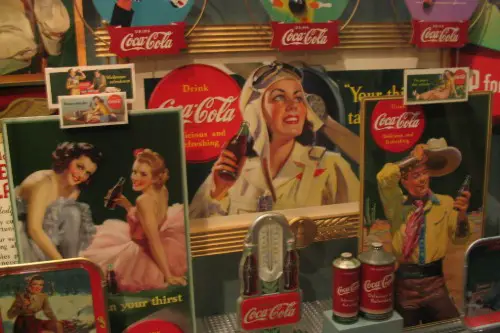
Coca-Cola, one of the most famous soft drink brands globally, was born from an accident in 1886, according to Olabisi Olaniran from Health News. Dr. John Stith Pemberton, a pharmacist, was originally trying to create a painkiller. He mixed coca leaf extract with wine, but after Prohibition laws changed, he had to adapt his formula. The result was a non-alcoholic version that became the base of what we now know as Coca-Cola.
Initially, Pemberton’s creation wasn’t meant to be a soda but a medicinal drink. It was sold as a cure for ailments like headaches, fatigue, and even nervousness. Over time, the drink became more popular for its flavor than its supposed health benefits. Now, Coca-Cola is a global beverage giant, beloved by millions.
3. WD-40

WD-40, the famous multi-purpose lubricant, owes its invention to a mistake in the 1950s, according to Mary Bellis from Thought Co. The product was originally created by Rocket Chemical Company for a different purpose: to prevent rust on missiles. A chemist named Norm Larsen was trying to develop a water displacement formula and, after 39 failed attempts, he finally hit the right combination. The 40th attempt, which he called “WD-40,” was an accident that turned out to be incredibly useful.
What began as an industrial product found its way into households around the world. People discovered it could do everything from loosening stuck bolts to protecting metal from rust. Its versatility turned WD-40 into a staple in toolboxes everywhere. The brand has since expanded to offer a range of related products, but its accidental origins remain part of its charm.
4. Pillsbury Doughboy

The Pillsbury Doughboy wasn’t always the cute mascot we know today. His origins go back to the 1960s when Pillsbury was looking for a way to advertise its refrigerated dough. The original idea was to have a human character represent the dough, but the creative team found that the character just wasn’t quite right. That’s when they accidentally stumbled upon the idea of a playful, animated doughboy.
The new mascot, which was initially conceived to help sell Pillsbury products like biscuits and cookies, was a huge hit. His endearing giggle and playful antics made him a favorite in commercials. He helped Pillsbury rise to new heights in the 1970s and has remained an iconic symbol of the brand ever since. Today, the Doughboy continues to appear in ads, embodying the warmth and fun associated with the brand.
5. Instagram
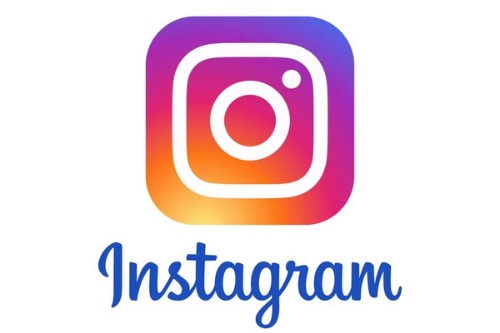
Instagram, one of the world’s most popular social media platforms, began as something entirely different. It was originally called Burbn, a check-in app with features like photos and status updates. While testing the app, founders Kevin Systrom and Mike Krieger realized that users were mostly drawn to the photo-sharing feature. They decided to focus solely on photos and added filters to enhance the experience.
The decision to simplify the app turned out to be a game-changer. Instagram’s emphasis on visual content resonated with users, and it quickly grew in popularity. Within a few months, Facebook acquired Instagram for a billion dollars. What started as a mishmash of features turned into a major player in the social media world.
6. Netflix
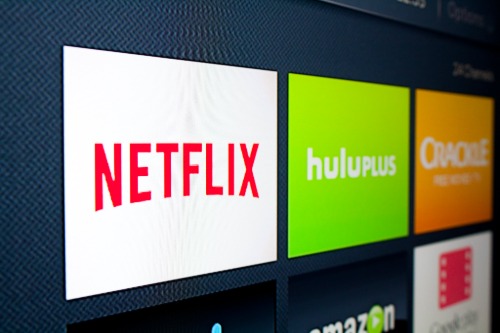
Netflix, now synonymous with binge-watching, wasn’t always a streaming platform. In the late 1990s, Reed Hastings co-founded Netflix as a DVD rental service, where customers could rent movies online and have them delivered by mail, according to Brent Lang from Variety. The company originally had a late fee model, but after feedback from users, they decided to eliminate late fees. This change turned Netflix into a much more attractive service, setting the stage for its future success.
The real turning point came when Netflix pivoted to streaming video in 2007, something they hadn’t planned for initially. The shift allowed Netflix to leap ahead of its competitors, offering an entirely new way to watch movies and TV shows. By embracing the digital age before others, Netflix became the streaming giant it is today. Now, it’s a leading producer of original content and a household name worldwide.
7. Gmail
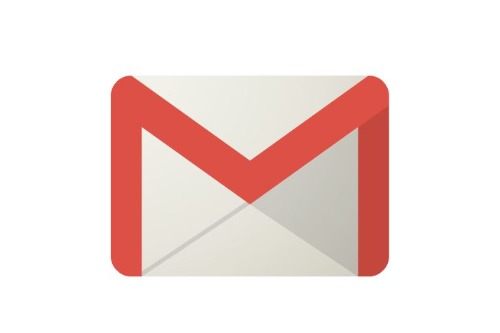
Gmail, Google’s free email service, was the result of an accidental leap in technology. In the early 2000s, Google was focused on improving its search engine and other core services. A software engineer named Paul Buchheit had been working on a new email system for Google, but it wasn’t meant to be a product at first. When they tested the system internally, they realized it could handle much larger inboxes and offered impressive speed.
The combination of a large storage capacity and speed was unheard of at the time. When Google launched Gmail in 2004, it quickly became a favorite due to its innovative features. The service disrupted the email market, making it a game-changer for millions of users. Today, Gmail is the go-to email service for both personal and professional communication.
8. KFC
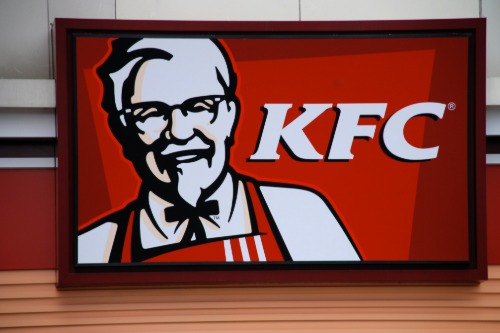
Colonel Harland Sanders’ famous fried chicken recipe wasn’t planned for success. Sanders had been running a gas station in Kentucky in the 1930s when he started cooking meals for travelers. His fried chicken became so popular that he decided to open a small restaurant. But it wasn’t until an accident during a renovation that Sanders perfected his pressure cooking method, speeding up the cooking time.
After he started franchising his chicken recipe in the 1950s, KFC took off. The combination of his secret 11 herbs and spices, along with the revolutionary cooking method, made his fried chicken famous. What started as a small, regional operation exploded into a global brand. Today, KFC is one of the largest fast-food chains worldwide.
9. Twitter

Twitter, the platform that revolutionized social media, had humble and accidental beginnings. It started in 2006 as a project within Odeo, a podcasting company. The original idea for Twitter was to create an easy way for people to send short status updates via text message. When podcasting failed to take off, Twitter emerged as a side project that eventually took center stage.
By simplifying communication into short bursts, Twitter captured the attention of the public. The ability to share news, thoughts, and updates in real-time resonated with millions. What was once an afterthought became one of the most influential social networks. Twitter’s impact on media, politics, and culture has been profound since its unexpected rise.
10. Slack
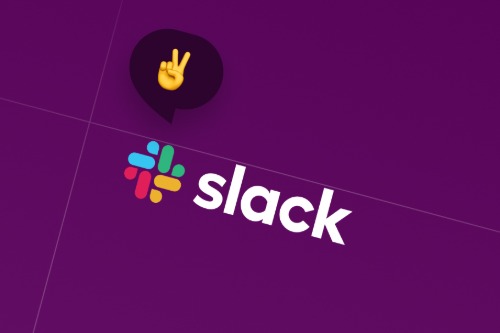
Slack, the widely-used business communication tool, started as a video game development project. In 2013, Stewart Butterfield and his team were working on a game called Glitch, but despite their best efforts, it failed. In the process of building the game, they had developed an internal communication tool to help with collaboration. After the game’s closure, they pivoted and turned this tool into what we now know as Slack.
The move from gaming to business communication wasn’t planned but turned out to be highly successful. Slack’s ability to streamline team communication and reduce email clutter made it a hit among companies of all sizes. Today, Slack is a core platform for team collaboration and has millions of active users. The accidental shift in focus led to a major business success story.
11. Apple

Apple, the tech titan that brought us the iPhone and Mac computers, owes part of its success to an accidental discovery. Steve Jobs and Steve Wozniak originally founded Apple to sell personal computers, but it was the development of the Apple II that led to the company’s first big break. However, the real turning point came when Jobs saw the potential of the mouse and graphical user interface after seeing a demo of a Xerox invention.
This realization led Apple to create a user-friendly interface for the Macintosh, revolutionizing personal computing. The company’s ability to merge technology with design set it apart from competitors. Over time, Apple has continually innovated, from the iPod to the iPhone, each breakthrough changing the world. Apple’s evolution from a computer company to a global tech leader came from a mix of vision and serendipitous discoveries.
12. Snapchat
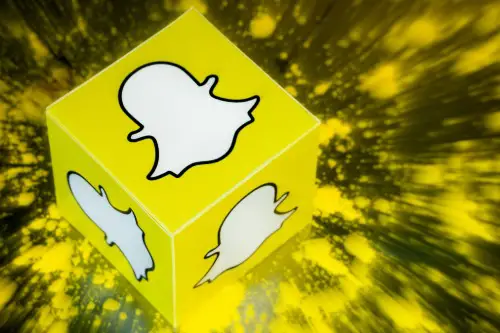
Snapchat, the app known for disappearing messages and quirky filters, had a surprisingly accidental start. In 2011, Evan Spiegel and Bobby Murphy created an app called Picaboo, which allowed users to send disappearing photos. The idea was initially dismissed as a novelty, but it caught on quickly with a younger audience. They rebranded the app to Snapchat and expanded its features.
What set Snapchat apart was its ability to offer a more authentic, less polished form of social media interaction. Users loved the idea of sending messages that wouldn’t be permanent, and the app’s filters became an instant hit. Snapchat’s success wasn’t fully expected, but the app quickly became a social media staple. It has since grown into a platform offering stories, memories, and augmented reality features.
13. Nike
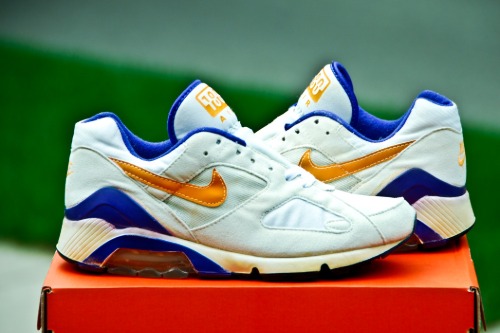
Nike, the sportswear giant, began with a college track coach and his desire to create better shoes. Phil Knight, while pursuing his MBA at Stanford, teamed up with his coach Bill Bowerman to create a new type of running shoe. Bowerman’s accidental discovery of using a waffle iron to create a new sole pattern led to the creation of the famous “Waffle” design. This design would become the foundation of Nike’s running shoe lineup.
What started as a small operation grew into one of the biggest brands in the world. The brand’s success wasn’t just about shoes; it was about creating a culture around athletics and performance. With the iconic “Just Do It” slogan and endorsement deals with athletes like Michael Jordan, Nike became synonymous with sports culture. Today, Nike is one of the largest sportswear brands globally.
14. Monopoly

Monopoly, the beloved board game, was invented by accident while trying to teach an economic lesson. Elizabeth Magie created a game called “The Landlord’s Game” in 1903, designed to demonstrate the negative aspects of land monopolies. The game was initially meant to illustrate the dangers of wealth inequality and the concentration of land ownership. However, when Charles Darrow made a few changes and sold it to Parker Brothers, it evolved into the version of Monopoly we know today.
The game’s transformation from a political commentary to a commercial success was unintentional. Despite Magie’s original anti-monopoly intentions, the game became a symbol of capitalist success. Today, Monopoly is one of the most popular board games in the world, with countless themed versions. The game’s accidental evolution has made it a lasting part of American culture.


